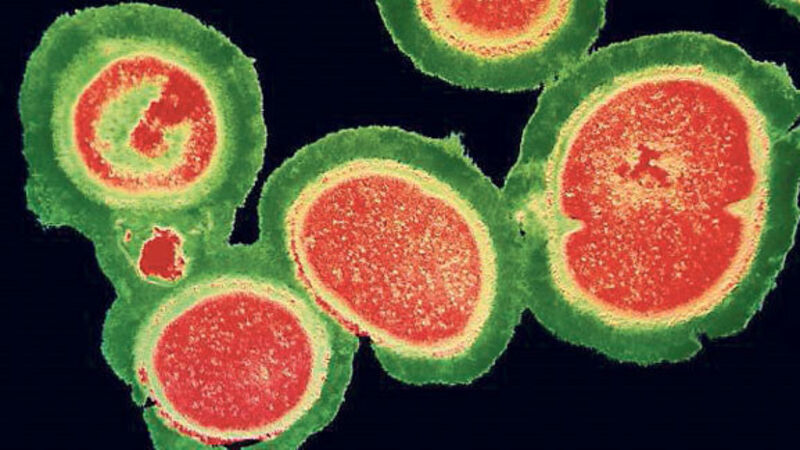Growth in antibiotic resistance ‘a serious health threat’

The data has been released by the European Centre for Disease Prevention and Control (ECDC) to mark the seventh annual Antibiotic Awareness Day.
The statistics show resistance to certain types of antibiotics has almost doubled in the last four years.
The EU-wide study shows an increased resistance in Klebsiella pneumoniae bacterium by an average of 4.6% in 2010, compared to 8.3% in 2013.
During the same period, resistance to the third-generation cephalosporins class of antibiotics increased significantly.
In addition, increasing resistance to colistin, a last-line antibiotic, is also causing concern.
The use of colistin is extremely limited due to its side-effects, but has now become essential in treating resistant Klebsiella pneumoniae infections.
European Commissioner for Health and Food Safety, Vytenis Andriukaitis, said he was extremely concerned about the statistics.
“The near doubling of resistance in a certain bacteria in three years is truly alarming, and illustrates the need to tackle the issue from all directions,” he said.
“Antimicrobial resistance is one of the most pressing public health issues of our time, and as incoming health commissioner, I pledge to prioritise it throughout my five-year mandate.”
ECDC director Marc Sprenger warned against taking antibiotics left over from previous prescriptions and admitted he was worried about the future of healthcare in relation to antibiotic resistance.
“Resistance against colistin is already reported in some countries in Europe and this is a worrying development.
“With a smaller number of effective antibiotics, we are gradually returning to the ‘pre-antibiotic era’, when bacterial diseases could not be treated and most patients would die from their infection because there was no effective treatment,” he said.
Today, the ECDC will coordinate a 24-hour global Twitter conversation to create awareness of the issue, using the hashtag #AntibioticDay.
For more information, visit antibiotic.ecdc.europa.eu











